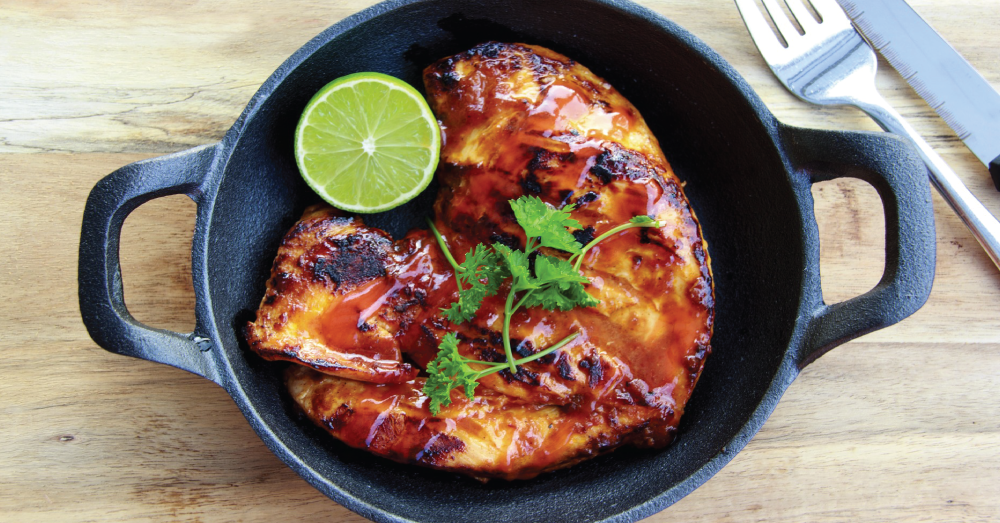
How To Be a Better, Smarter, Happier Meat Eater
Under natural conditions, cattle are an almost perfectly beneficial part of a regenerative agricultural system. Their waste feeds the fields on which they're pastured; carbon is sequestered in that grass; and their meat, in limited quantities, is good for us, good for the land, and good for the community of farmers, ranchers, butchers, and the variety of small businesses that raise, butcher, and sell it.
January 17, 2018 | Source: GQ | by Mark Bittman
Sure, you’ve heard that red meat is cruel and unsustainable, and that it’ll destroy the environment if it doesn’t give us all heart attacks first. But it’s so delicious! Which is why we begged Mark Bittman to reconcile our principles with our appetites—and teach us the new rules of red meat.
1. Start Beefing with (Most) Beef
Under natural conditions, cattle are an almost perfectly beneficial part of a regenerative agricultural system. Their waste feeds the fields on which they’re pastured; carbon is sequestered in that grass; and their meat, in limited quantities, is good for us, good for the land, and good for the community of farmers, ranchers, butchers, and the variety of small businesses that raise, butcher, and sell it.
Take the cattle off those fields, multiply their numbers by thousands, feed them industrially produced grain encouraged by subsidies, damage some of the world’s best farmland to grow that grain using a destructive assortment of chemicals, pump the cows full of antibiotics (to prevent illness in the unnatural conditions), scale and intensify this process so that almost anyone in the world can afford to eat meat daily, and…that’s not good for us. Or the farmland. Or the planet. Or, needless to say, the cattle. And yet beef raised this way is what almost everyone in this country has eaten exclusively for the past 50 years.
Fortunately, a growing cadre of ethical ranchers and butchers have started turning this system around. They’re pasture-raising cows on grass and mother’s milk—which gives the meat a wonderfully complex flavor, pleasantly minerally and deliciously beefy—and they’re using whole animals, minimizing waste and expanding our palates. Here’s how to find, buy, and order beef that’s not only better for the planet but tastes better, too.
2. Expand Your Vocabulary
Just about anything is better than the industrially produced grain-fed feedlot beef.
